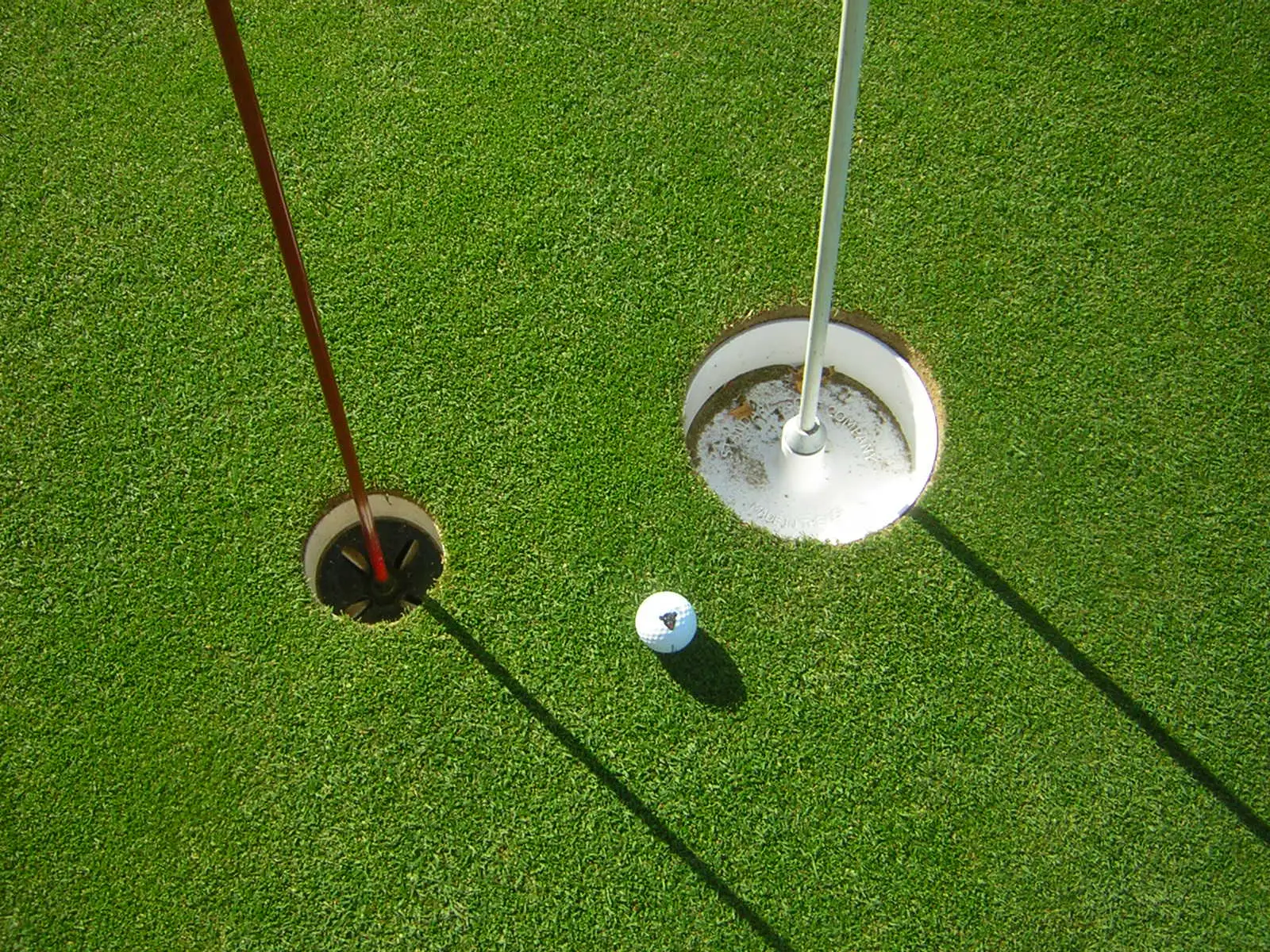How Wide Is A Golf Hole

Golf is a sport that requires precision and accuracy, and one of the most critical aspects of the game is the golf hole. The golf hole is the ultimate destination for every golfer, and its dimensions can have a significant impact on gameplay. While many golfers are aware of the standard size of the golf hole, few understand the history, rules, and impact of its dimensions on the game.
In this article, we will delve deeper into the dimensions of a golf hole, exploring the standard size, variations in size found on practice greens and miniature golf courses, and the importance of maintaining consistent dimensions. We will also examine the history of the golf hole, including its evolution from natural depressions in the ground to the standardized size used today.
Moreover, we will discuss the rules and regulations governing the size of the golf hole, established by professional golf associations worldwide. We will look at the penalties for non-compliance with regulations and explore the exceptions and variations allowed under certain circumstances.
We will also explore the impact of the size of the golf hole on gameplay, including how it affects putting strategies, scoring, and the precision required of golfers. Finally, we will examine innovations in golf hole design, including new materials and technologies, non-traditional shapes and sizes, and environmental considerations.
Whether you’re a seasoned golfer or a beginner, understanding the dimensions of the golf hole is essential to improve your game and enjoy the sport to its fullest. So, let’s dive into the world of golf holes and explore its dimensions, rules, and impact on gameplay.

Dimensions of a Golf Hole
The standard size of a golf hole is 4.25 inches in diameter and 4 inches deep. This dimension has remained unchanged for more than 100 years and is regulated by professional golf associations worldwide. However, variations in the size of golf holes can be found on practice greens and miniature golf courses.
Maintaining consistent dimensions for golf holes is critical to ensure fairness and accuracy in the game. A change in the size of the golf hole, even by a fraction of an inch, can significantly affect a golfer’s performance.
History of the Golf Hole
The golf hole has evolved over time, from its origins in the Scottish links to the standardized size used today. In the early days of golf, the hole was simply a natural depression in the ground. As the game evolved, golfers began to dig holes and insert metal cups to make it easier to retrieve the ball.
The size of the golf hole has changed throughout history, from the original size of 5 inches in diameter to the current standard of 4.25 inches. Changes in technology and golf course design have also influenced the dimensions of the golf hole.
Rules and Regulations
The dimensions of the golf hole are regulated by professional golf associations worldwide, including the Professional Golfers’ Association (PGA) and the United States Golf Association (USGA). These associations have established rules governing the size of the golf hole, including the diameter and depth.
Golf courses must comply with these rules, and non-compliance can result in penalties, such as disqualification or fines. Exceptions and variations in golf hole size are allowed under certain circumstances, such as for practice greens and miniature golf courses.
Impact on Gameplay
The size of the golf hole can have a significant impact on gameplay, particularly when it comes to putting. The smaller the hole, the more difficult it is to sink the ball, and the more precise the golfer’s stroke must be.
Golfers must strategize their putting based on the size of the golf hole, taking into account the slope and distance of the green. The size of the golf hole also influences scoring, with a smaller hole resulting in a higher score and a larger hole resulting in a lower score.
Innovations in Golf Hole Design
In recent years, there have been innovations in golf hole design, including new materials and technologies used in construction, and non-traditional shapes and sizes. These innovations aim to improve the sustainability and playability of golf courses while maintaining the integrity of the game.
Environmental considerations are also becoming increasingly important in golf hole design, with courses incorporating eco-friendly features such as natural grasses and water conservation measures.
Conclusion
The golf hole is an essential element of the game of golf, and its dimensions can have a significant impact on gameplay. Understanding the history, rules, and innovations in golf hole design is critical to ensure a fair and enjoyable game. As the sport continues to evolve, the dimensions of the golf hole may continue to change, but the importance of precision and accuracy will always remain at the heart of the game.






